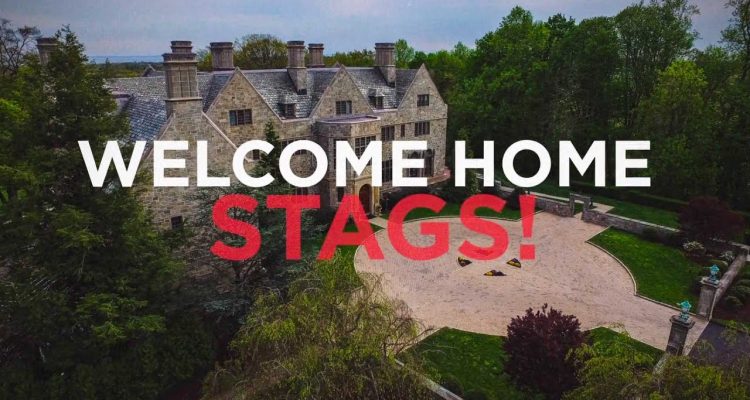For the 2003-2004 Application cycle, 7,655 “First-Time, First-Year” students applied, by the 2013-2014 cycle, it was 9,582 students and for 2020-2021, the number was up to 12,586 applications.
With that increase in applications, comes an increase in competitiveness. When the applications for 2016-2017 were at 11,055 the acceptance rate was 61.5%. With 12,586 students applying last year, the application rate dropped to 57.1%.
In September of 2018, Fairfield University hired Corry Unis to be the new vice president for strategic enrollment management. At the start of his career, Fairfield’s acceptance rate was 60.3% and has dropped by 3% since then.
In the press release announcing his arrival to the University, it was stated, “Mr. Unis will play a vital role in supporting the mission, growth, and continued success of Fairfield University, through efforts to expand the school’s reach on a national level, to raise the academic benchmark for enrollees, and to shape future classes that are culturally, socio-economically, and geographically diverse.”
The Mirror reached out to Unis regarding what changes he implemented to the admissions process.
He stated he would answer our questions, but the Mirror instead received a statement from Vice President of Marketing and Communications Jennifer Anderson.
In her message, Anderson stated that “Over the past year we have welcomed our largest and most academically gifted first-year class in history and are witnessing record graduate and professional studies enrollments across our five schools.”
She continued that with the class of 2025, in alignment with the University’s strategic initiatives, “…we increased the yield (percentage of admitted students who enroll) of our diverse applicants, grown the geographic diversity, increased the academic profile of the class across several metrics and doubled the enrollment of students from Jesuit High schools.”
By geographic diversity, Anderson may be referring to the students who are from outside of the state of Connecticut, as that number increased from 79% in 2018-2019 to 80% in 2020-2021.
But, the international student population is decreasing at Fairfield. In 2018-2019, 51 of the “First-Time, First-Year” students who enrolled were designated as “non-resident aliens,” in 2020-2021, it was 15.
This is a national trend many universities are seeing due to, as reported by National Public Radio, the visa process, high tuition prices, the political climate and feeling “unwelcome.” It was reported in December of 2020, that international student enrollment dropped by 43% nationally, Fairfield University’s international student enrollment decreased by 71%.
Anderson added, “We continue to use data to help us refine our approach to recruitment. This analysis of trends allows us to target geographic regions and locations to help us find students who will thrive at Fairfield.”
She continued, “We will continue to grow the diversity of our students and most recently announced a new program that will fund 12-14 students from Jesuit and Cristo Rey high-schools from underrepresented populations.”
In 2018-2019, the number of “First-Year, First-Time” students who enrolled at Fairfield that year identified as “Hispanic/Latino” was 74, it increased to 84 students in 2020-2021. The students enrolled who identified as “Black or African American, non-Hispanic” decreased from 24 in 2018-2019 to 14 in 2020-2021. The students enrolled who identified as “Asian, non-Hispanic” increased by one student, 34 students in 2018-2019 and 35 in 2020-2021.
Anderson ends by saying, “This, combined with additional marketing and recruitment initiatives will continue to meet the multi-variable goals of enrollment and the strategic goals of the institution.”
Anderson and Unis did not provide an answer to The Mirror on whether a cap for enrollment was in sight, despite many students raising concerns about the shortage of housing on campus.
This year the University had to create triple rooms in the first-year dorms due to increased class size. Sixteen percent of the first-year class was placed in triple rooms at the start of the semester with hopes to “de-triple” and move them to double rooms later in the semester.
Meredith Smith, associate dean of students and director of the Office of Residence Life told The Mirror back in Sep. 2021, “From a Residence Life standpoint, we had more students accepted than we expected. It was a little bit of a surprise, but not uncommon.”
At the time of writing this article the University has not announced any plans to increase housing, nor are numbers available for the ongoing 2021-2022 application cycle.
Co-Managing Editors Sheila McCombs and Tobenna Ugwu are both Senior Admissions Fellows in the Office of Admissions and thus did not read, edit or have any part of this article before publication.


Leave a Reply